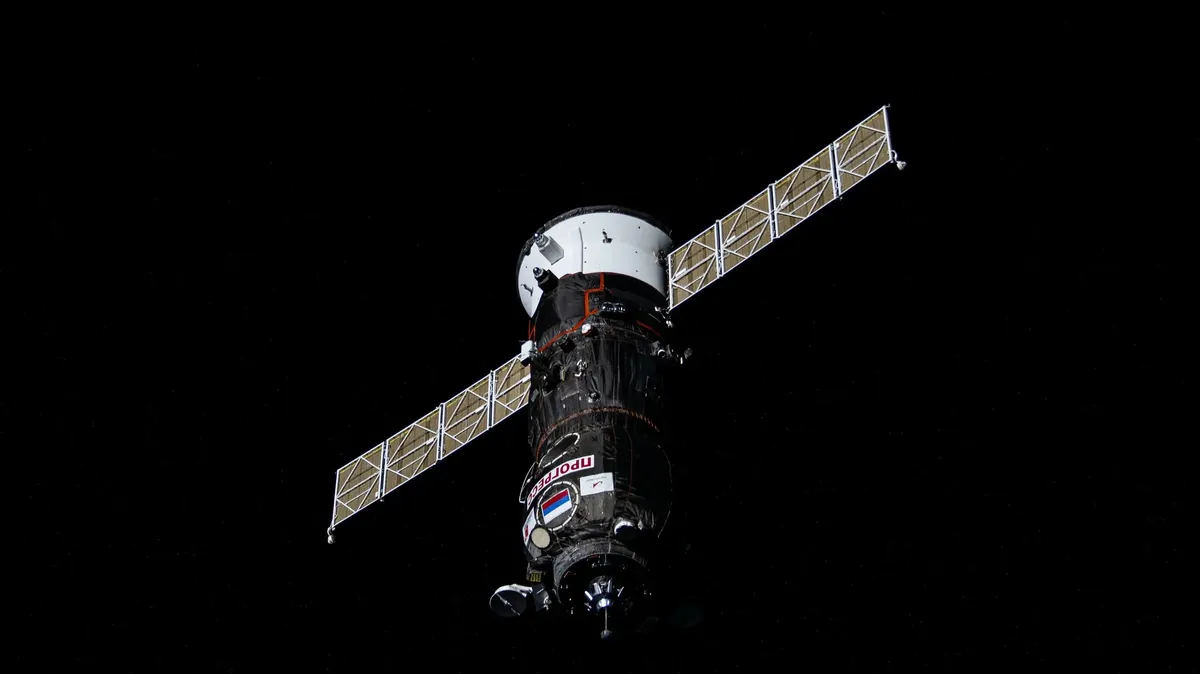
Today, on July 3, a Russian cargo spacecraft is set to launch towards the International Space Station (ISS). This much-anticipated event will see the uncrewed Progress 92 freighter lifted off by a Soyuz rocket from the Baikonur Cosmodrome in Kazakhstan at precisely 3:32 p.m. EDT (1932 GMT; 12:32 a.m. on July 4 local time in Kazakhstan). Space enthusiasts can catch all the action live, as NASA will stream the liftoff via its platform, NASA+, starting at 3:10 p.m. EDT (1910 GMT).
If you’re eager to watch this significant launch, Space.com will also simulcast the stream, pending availability from NASA. The Progress 92 spacecraft is expected to carry approximately three tons of essential supplies, including food, fuel, and other necessary materials, to support the astronauts aboard the ISS.
If everything goes according to plan, the robotic freighter will dock with the ISS’s Poisk module on Saturday, July 5, at 5:27 p.m. EDT (2127 GMT). NASA will provide a live stream of the rendezvous and docking activities, commencing at 4:45 p.m. EDT (2045 GMT) on Saturday. This docking marks an important moment, as Progress 92 will replace the Progress 90 vehicle, which recently undocked from the same Poisk port on Tuesday, July 1, after a successful seven-month mission.
Following its mission, Progress 90 is expected to meet its end in a controlled re-entry, burning up in Earth's atmosphere, a fate that will similarly befall Progress 92 approximately six months from now. Meanwhile, the Progress 91 spacecraft, which launched on February 27, continues to operate at the ISS, currently docked to its Zvezda service module.
The Progress spacecraft is one of three primary cargo ships responsible for transporting supplies to the ISS. The other two include private American vehicles: Northrup Grumman's Cygnus and SpaceX's Dragon. While Cygnus is designed for single-use missions, ending its operations with a fiery descent, the Dragon spacecraft offers a reusable solution, capable of safely returning scientific samples and other materials from the ISS back to Earth.
This launch is a vital part of ongoing efforts to maintain supply lines to the ISS, ensuring that astronauts have the resources they need to continue their important work in space.